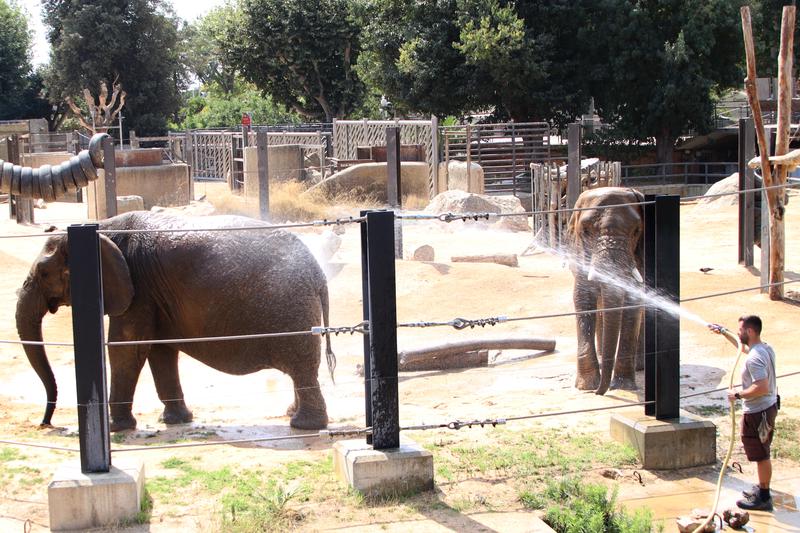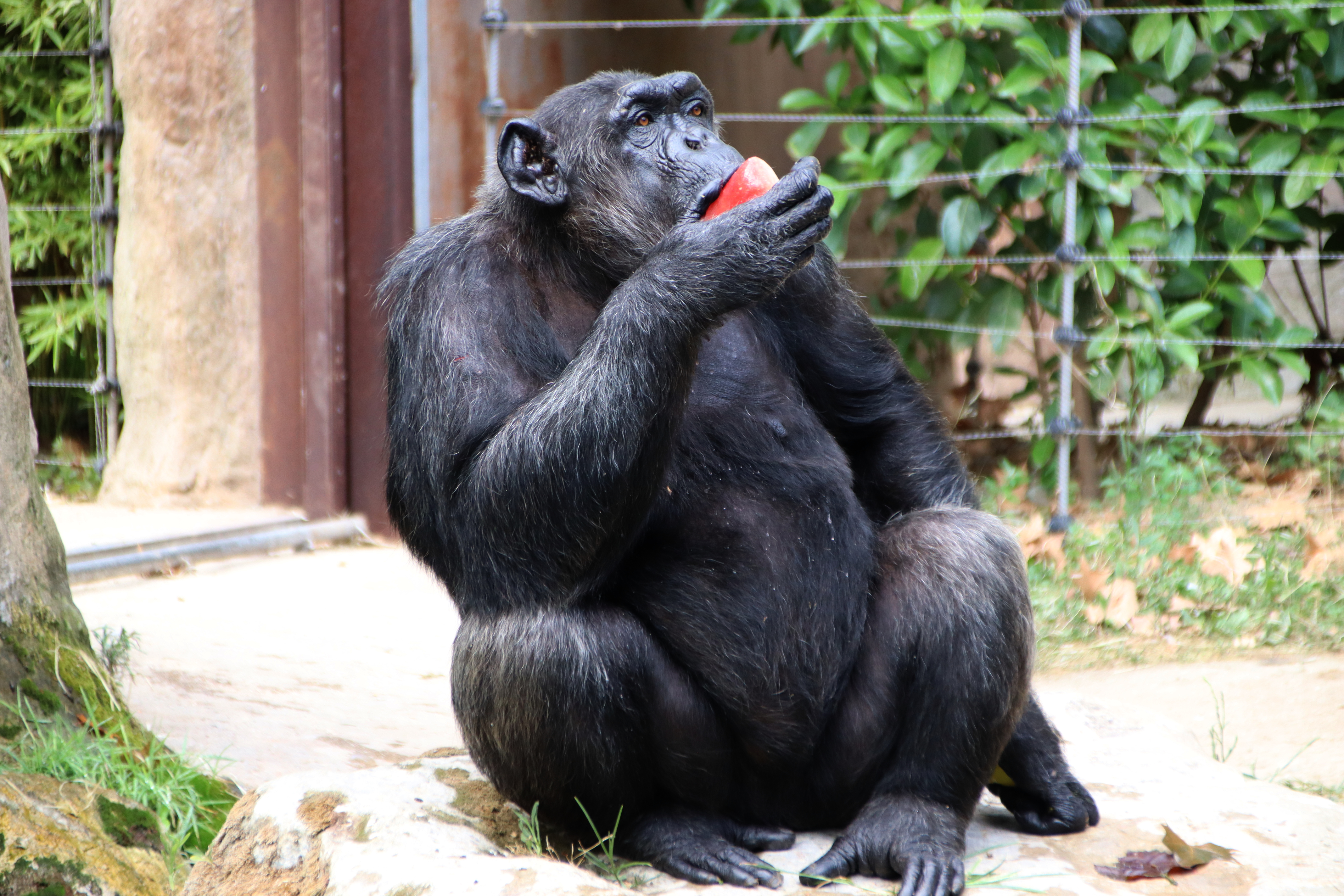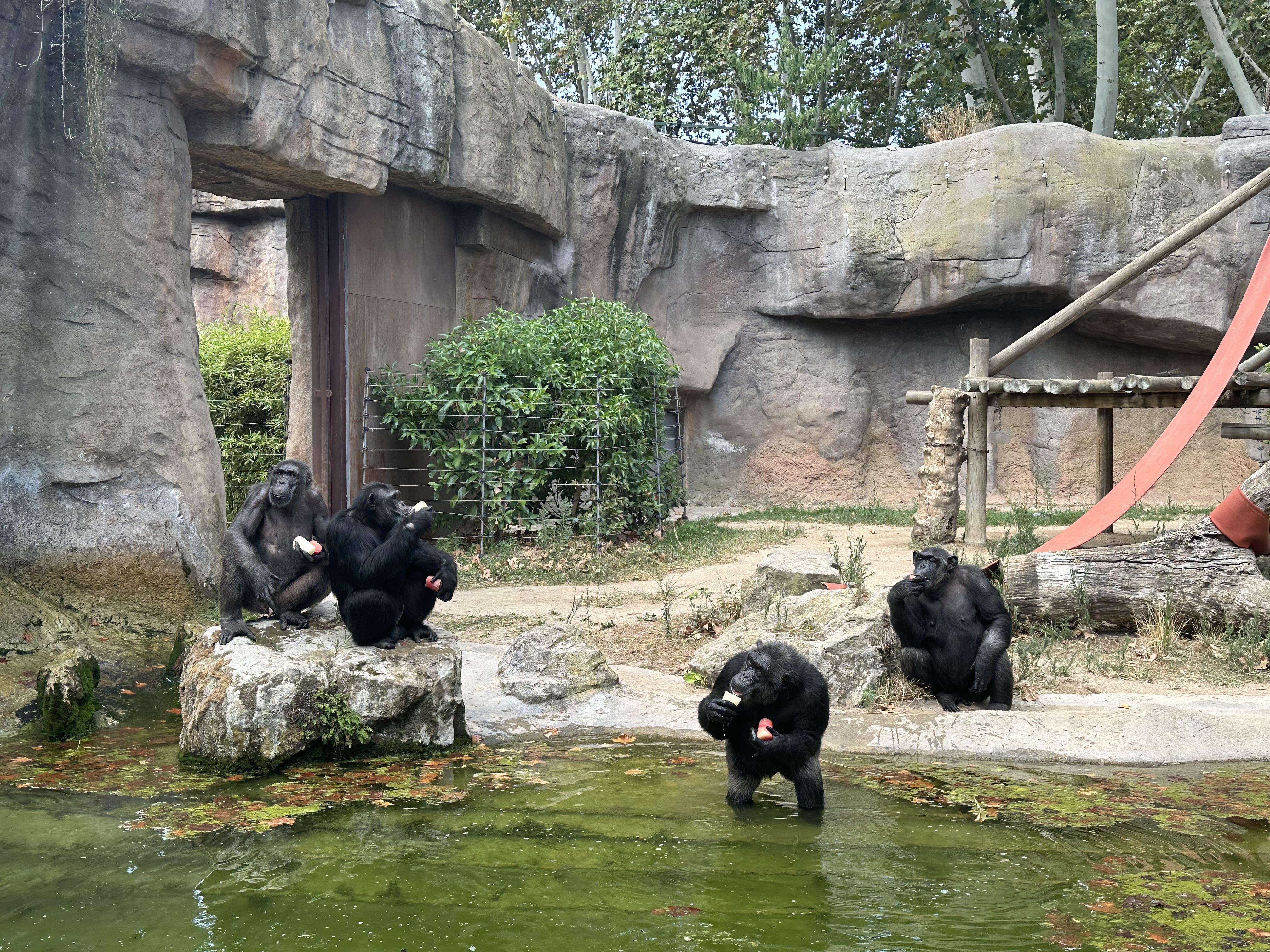Barcelona Zoo adapts to high temperatures and drought
New measures, including lower water consumption, aim to acclimate to animals' natural habitats

Barcelona has been suffering one of the hottest summers in recent years amid a historic drought, and its citizens have been feeling the effects. So too have the animals in the city's zoo.
In the past years, Barcelona's zoo has been implementing new measures to diminish the effects that the extreme heat has on animals.
"These measures aim to make animals' lives as similar as possible to their routine in a natural habitat," Laia Bonet, deputy mayor of Barcelona's city council, told the press on Tuesday.

Although the zoo's temperature is on average 3ºC below the city's temperature because of the trees and vegetation, the actions carried out by caretakers aim to regulate the thermal conditions of the animals in their spaces.
Some of these efforts are frequently renovating the bathing water and installing fans in the animals' stables, as well as watering the animals more frequently than before.
Animals, like giraffes and chimpanzees, will also be given frozen fruit and fruit popsicles as treats during the hotter months.
Water consumption amid drought in Catalonia
Drinking water will be renovated more frequently in order to maintain a colder temperature, as well as increasing the drinking fountains for the animals.
Water has been of major importance in Barcelona's zoo as it has had to deal with the extreme drought situation affecting Catalonia.
Because of that, the Zoo has been implementing monitoring measures to understand the water spending in the facilities. That has helped them reduce water consumption by 600 m³ of water since 2018, from 1500 m³ to 900m³.
On their aims to work towards a more sustainable use of water resources, the Barcelona Zoo will have a regenerating water plant, as part of a pilot project boosted by the EU's LIFE program.
This plant will work similarly to a "humid zone" where plants and microorganisms will naturally purify and debug the water.
That remaining water will be used to clean, fill pools, and water plants in the zoo.

The new regenerating water plant, which is expected to start working in the summer of 2025, will also be a space to "educate people on the importance of humid zones, a threatened ecosystem that holds a lot of importance in water's cycle," Sito Alarcón, the director of Barcelona Zoo, told the press on Tuesday.